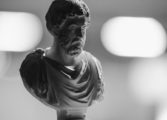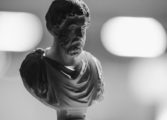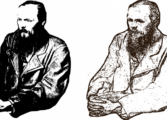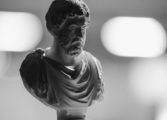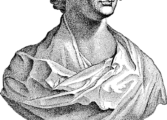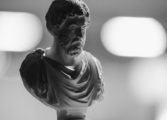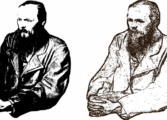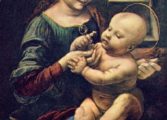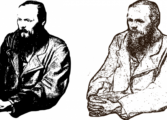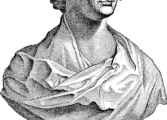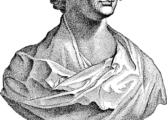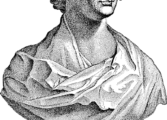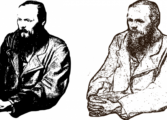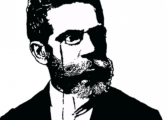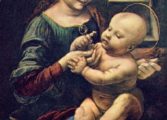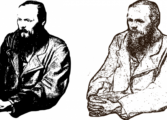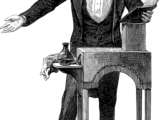Dybdegående analyse af Animal Farm af George Orwell: En historisk gennemgang og vigtige elementer for kunstelskere og samlere
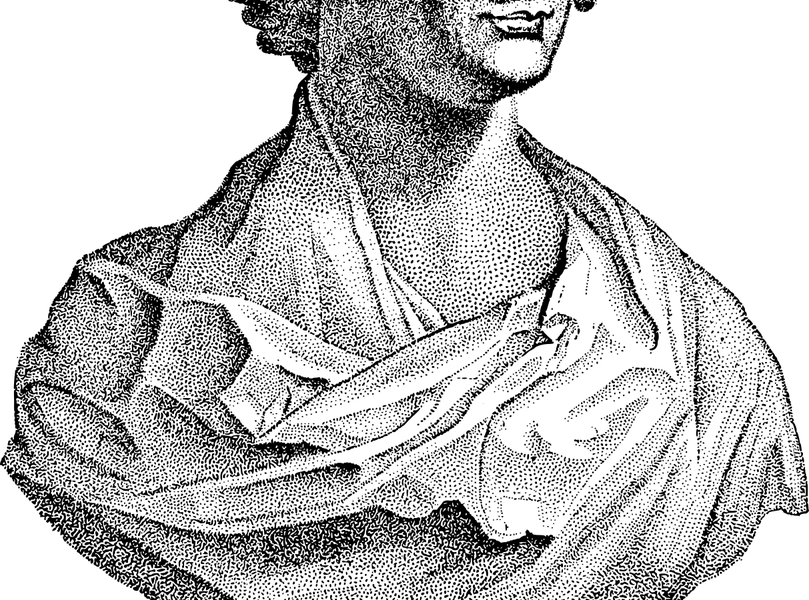
Introduction:
George Orwell’s “Animal Farm” is a timeless piece of literature that continues to captivate readers around the world. Published in 1945, this allegorical novella offers a profound critique of the Russian Revolution and the subsequent rise of totalitarianism. In this article, we will delve into the significance and evolution of “Animal Farm” over time, exploring its impact on literature and its relevance for art enthusiasts and collectors.
I. Understanding “Animal Farm George Orwell”

“Animal Farm” is a satirical novella that depicts a group of farm animals who rebel against their human owner, Mr. Jones, with the goal of establishing an egalitarian society. The animals, led by the pigs Napoleon and Snowball, establish a system of self-governance called Animalism. However, this attempt at utopia gradually disintegrates into a dictatorship, led solely by the pigs, who manipulate and exploit the other animals.
Key points about “Animal Farm” for enthusiasts:
– The allegorical nature: “Animal Farm” serves as an allegory for the Russian Revolution and the emergence of Stalinism. Orwell uses animals as representations of historical figures and political ideologies, making it accessible and thought-provoking for readers of all ages.
– Themes of power and corruption: By exploring the dynamics of power and the corrupting influences of authority, Orwell highlights the dangers of totalitarian regimes and the erosion of individual freedoms.
– Satire and irony: Orwell’s use of satire and irony adds a layer of complexity to the narrative, enabling readers to critically analyze political ideologies and propaganda.
II. Historical Development of “Animal Farm George Orwell”
– Orwell’s inspiration: George Orwell was inspired to write “Animal Farm” due to his disillusionment with Soviet Communism and his personal experiences in the Spanish Civil War. He witnessed the manipulation of truth and the suppression of free speech, which informed the themes and narrative choices in the novella.
– Reception and controversy: “Animal Farm” was initially rejected for publication during World War II due to fears of offending the Soviet Union, which was an ally at the time. It was eventually published in 1945 and received critical acclaim for its powerful messages.
– Adaptations and influence: “Animal Farm” has been adapted into various forms, including a successful animated film in 1954. The novella’s impact extends beyond literature, influencing other works of fiction and even political discourse.
III. “Animal Farm George Orwell” for Art Enthusiasts and Collectors
– Artistic interpretations: Artists have been inspired by the themes and symbols within “Animal Farm” to create their own works. From paintings to sculptures, the novella’s visual imagery and powerful messages have served as a rich source of inspiration.
– Collectible editions: For collectors, there are numerous editions of “Animal Farm” available, ranging from first editions to limited editions. These editions often feature unique illustrations, annotations, and additional contextual materials that enhance the reading and collecting experience.
Conclusion:
“Animal Farm George Orwell” remains a significant literary work that has captivated readers for generations. Its historical context, powerful themes, and artistic interpretations make it a valuable piece for art enthusiasts and collectors alike. By exploring the evolution of “Animal Farm” over time, we gain a deeper appreciation for its enduring impact on both the literary and artistic worlds. Through its cautionary tale of power, corruption, and manipulation, “Animal Farm” continues to resonate with audiences, urging them to question authority and fight for individual freedoms.








